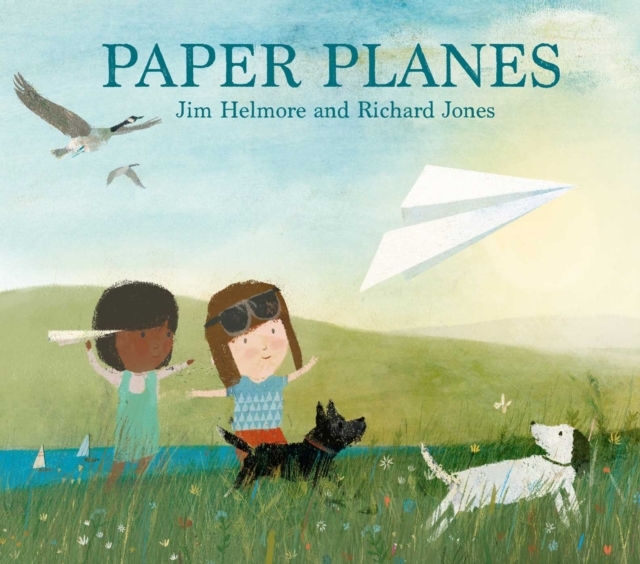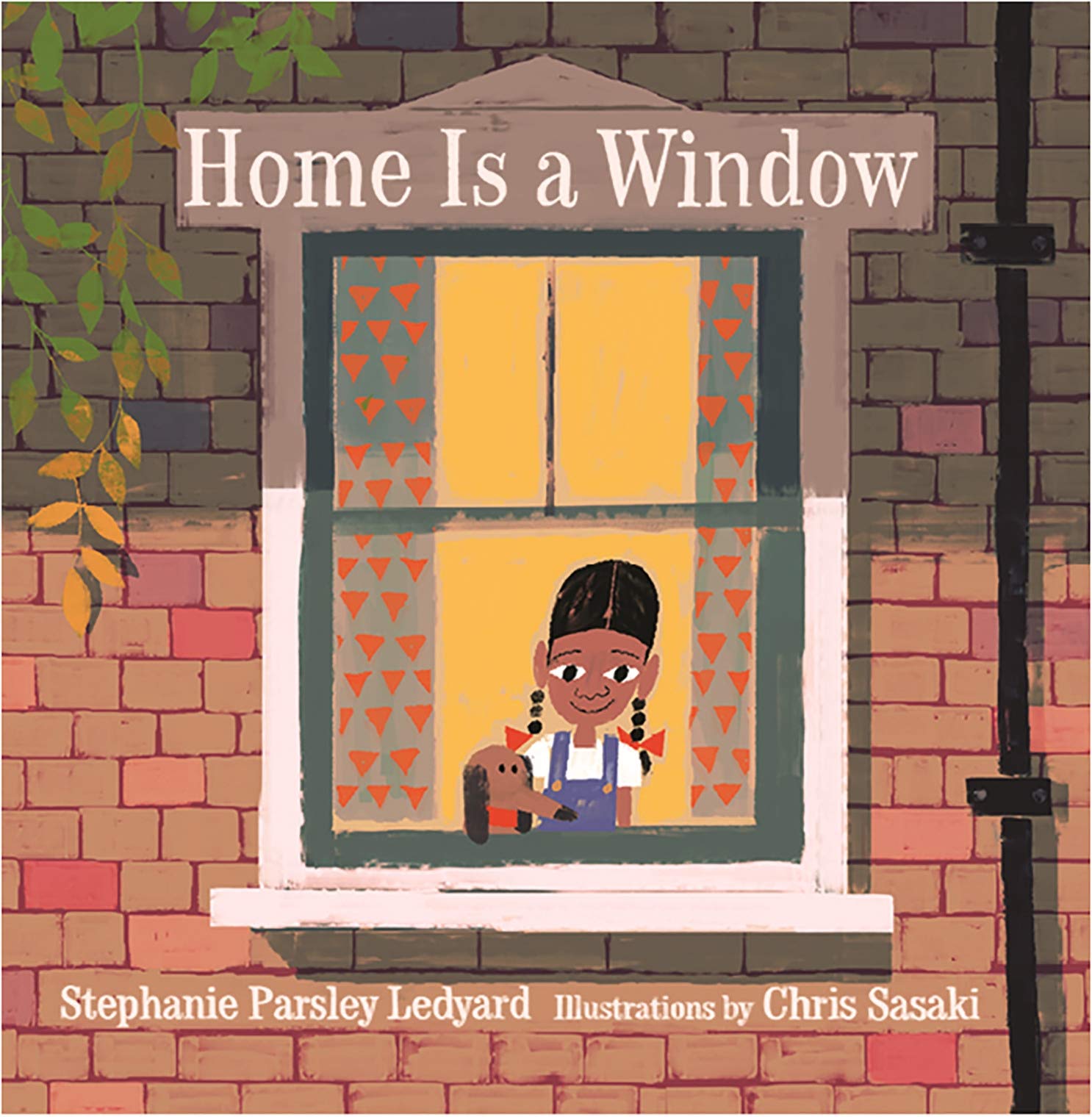
As adults, we don’t always understand things from a child’s perspective. This is particularly true when it comes to moving to a new home. We forget how hard it is to say goodbye to dear friends, familiar surroundings and comfortable routines. In the book, “Paper Planes,” by Jim Helmorea, Mia and Ben are best friends, who love to make paper airplanes. But when Ben and his family move away, Mia struggles with her feelings of sadness. At the same time, she wonders if Ben is lonely too. In “Bad Bye, Good Bye,” by Deborah Underwood, a young child uses rhyming words to express their feelings about moving: “Bad day, bad box, bad mop, bad blocks.”
How can we make moving easier on our kids?
 Initially, keep in mind that moving begins long before you pack that first box. If possible, include your child in the decision making process. Tell them why you are considering the move. Is it because of a job? Does your growing family need more space? Are you relocating closer to other family members? Be positive about the experience, but also, truthful in regards to what they can expect. For instance, “Yes, you will go to a new school, but the school is walking distance from home.” Equally important, be a good listener. Knowing you understand their feelings can help alleviate your child’s fears and anxiety. If you can, visit the new neighborhood, as well as places your child would be interested in, such as the school, parks, restaurants and the local library.
Initially, keep in mind that moving begins long before you pack that first box. If possible, include your child in the decision making process. Tell them why you are considering the move. Is it because of a job? Does your growing family need more space? Are you relocating closer to other family members? Be positive about the experience, but also, truthful in regards to what they can expect. For instance, “Yes, you will go to a new school, but the school is walking distance from home.” Equally important, be a good listener. Knowing you understand their feelings can help alleviate your child’s fears and anxiety. If you can, visit the new neighborhood, as well as places your child would be interested in, such as the school, parks, restaurants and the local library.
When the time comes to pack, make it fun, rather than a chore. For example, hide stickers or small notes around your child’s room for them to find as they gather up their things. Make up and sing a silly song and encourage them to add verses. Once everyone is finished packing, provide crayons and/or markers and allow your children to decorate the moving boxes.
On moving day, if you are traveling by car, play some easy to follow road games, such as, “I spy” and “Going on a picnic.” Once you arrive at you new house, make that first night special! Spread a blanket on the floor and have a picnic meal. Hand out “first night” bags or boxes with essentials, such as pajamas, stuffed toys and a toothbrush, but also include fun activities, such as coloring books, crayons, storybooks, a board game and some favorite snacks.
Overall, help your child cope with a move by spending more face time with them, says Dr. David Black, Ph.D., pediatric neuropsychologist and director of the Center for Assessment and Treatment. “More bedtime stories, more family dinners, more time together on weekends, more snuggling in bed in the morning,” said Dr. Black.
 Finally, give it time. Children will grow to love their new home because you are there for them. In “Home is a Window” by Stephanie Parsley Ledyard, a young girl discovers that home is more than a place. “Home is a window, a doorway, a rug, a basket for your shoes…a book before you fall asleep, and a kiss afterward.”
Finally, give it time. Children will grow to love their new home because you are there for them. In “Home is a Window” by Stephanie Parsley Ledyard, a young girl discovers that home is more than a place. “Home is a window, a doorway, a rug, a basket for your shoes…a book before you fall asleep, and a kiss afterward.”
If you and your family are planning a move, DBRL offers several books to help smooth the transition. Here are a few to get you started on your journey!
- “A Kiss Goodbye” by Audrey Penn
- “Alexander, Who’s Not (Do You Hear Me? I Mean it!) Going to Move” by Judith Viorst
- “The Berenstain Bears’ Moving Day” by Stan Berenstain
- “Bella and Stella Come Home” by Anika Denise
- “Evelyn Del Rey Is Moving Away” by Meg Medina
- “Ben Says Goodbye” by Sarah Ellis
- “A New Home” by Tania De Regil
- “The Blue House” by Phoebe Wahl
- “When You Are Brave” by Pat Zietlow Miller
- “Florette” by Anna Walker
- “A House for Hermit Crab” by Eric Carl
- “Yard Sale” by Eve Bunting
- “My New Home” by Marta Altes
- “Ian Is Moving” by Pauline Oud



